In a world where beauty, strength, and talent are defined by narrow standards, Black and Brown women with visible disabilities often find themselves missing from mainstream narratives. Yet, their voices, stories, and achievements bring essential perspectives that can reshape media, motivate audiences, and challenge societal perceptions.
Despite ongoing diversity efforts, representation for Black and Brown women with disabilities in media remains shockingly low. This exclusion not only denies their existence but also enforces harmful stereotypes. Donna Walton’s 2021 analysis highlights the concept of “triple jeopardy,” where race, gender, and disability intersect to create profound disparities. African American women with disabilities, for instance, are less likely to achieve higher education or participate in the workforce compared to their non-disabled or non-Black peers. These systemic barriers are compounded by cultural beliefs that discourage open discussion about disabilities and the stigma surrounding them.
The Importance of Representation: Why Media Matters
Representation isn’t just about visibility—it’s about challenging and reshaping societal perceptions. As Donna Walton noted, the beauty standards perpetuated by media and advertising often exclude women of color, particularly those with disabilities. This omission reinforces the harmful idea that beauty, competence, and desirability are incompatible with disability.
Model Jaleesa Graham’s experience resonates with this reality: “Growing up, I always wanted to become a model,” she says. “[But] I was always discouraged because I never saw any models on the runway who looked like me. I thought I could not be a model because I didn’t ‘look’ like a model.”
Similarly, Walton described her own struggles with societal beauty standards, recounting a desire to “walk without a limp” and be seen as “just Donna” rather than a disabled woman. Her journey underscores the immense pressure on women with disabilities to conform to unrealistic ideals of normalcy, which often undermines self-esteem and self-worth.
Statistics on Representation in Media
- Film & TV Representation: According to the 2022 Ruderman Family Foundation report, While 20% of the U.S. population has a disability, fewer than 2% of all television characters do. Additionally, the Ruderman White Paper on the Employment of Actors with Disabilities in Television last year found that 95% of top TV show characters with disabilities are played by non-disabled performers.Of this small percentage, the vast majority are white, cisgender, and able-bodied actors, with women of color with disabilities barely represented.
- Employment Disparities in Media: The Annenberg Inclusion Initiative found that, while women of color are historically underrepresented in media roles, those with visible disabilities face even steeper exclusion. In a 2021 analysis, only 1% of media industry employees self-identified as having a disability, indicating a severe gap in behind-the-scenes representation for people with disabilities.
- Advertising Representation: A 2019 Nielsen report on diversity in advertising showed that only 2% of advertisements featured people with visible disabilities, and less than 1% of ads showed Black and Brown individuals with disabilities. The rarity of intersectional representation perpetuates the invisibility of disabled women of color in mainstream advertising and media campaigns.
- Impact of Underrepresentation: Research by GLAAD and Nielsen shows that when audiences see accurate, authentic representation of diverse identities, including disability, they report more positive attitudes and greater empathy toward these groups. This underlines the importance of featuring Black and Brown women with disabilities, not only for accurate reflection but also to foster societal acceptance.
- Women aren’t seen or heard: According to a recent study by the Geena Davis Institute, only about 2.5% of characters in the top 100 grossing films were depicted with a disability, and women of color made up only a tiny fraction of this representation. Furthermore, only 1 in 10 of these characters had a visible disability. For Black and Brown women, who already face compounded biases, this lack of visibility in the media creates barriers to opportunities, understanding, and inclusion.
These statistics show how persistent and pervasive the gaps are in representation, which affects not only media visibility but also access to opportunities, acceptance, and equality.
Spotlight: DIVAS Making Waves
Some Divas, however, are breaking through these barriers and redefining what it means to be represented in these spaces. Here are just a few of these women and their inspiring contributions:
Michelle Colon
A model featured in campaigns like Victoria’s Secret and the YouTube series Dating Different, Michelle uses her platform to challenge societal beauty standards. As she puts it, “Having a ‘disability’ doesn’t define all of who I am, and I try to make that very clear. We grow up learning what ‘society’ or our upbringing believes is beautiful & acceptable. Breaking that cycle is important, being open to unlearning and taking an understanding of the world around us can literally save us from what people think ‘the norm’ is.”
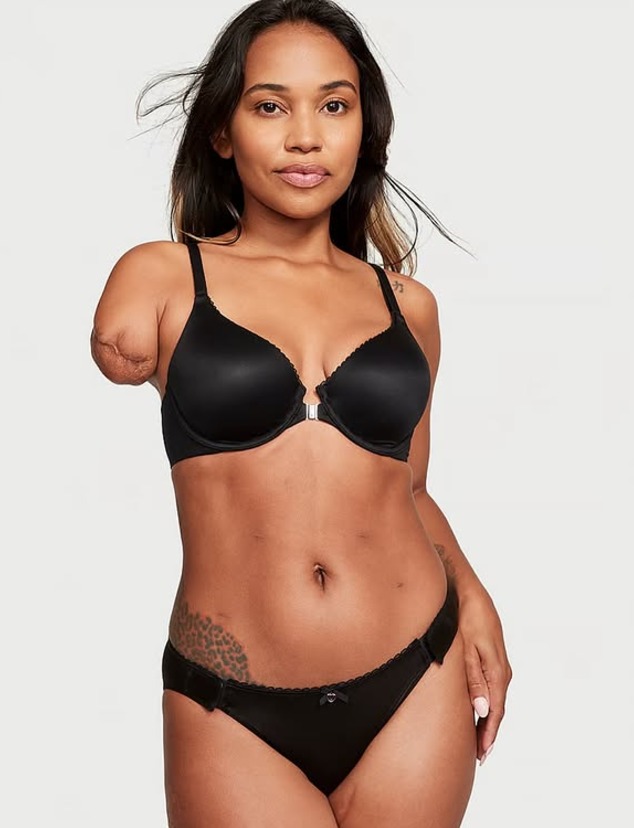
Jaleesa Graham
A fierce advocate and model, Jaleesa is a game-changer in the fashion world. “I didn’t come to play the game. I came to change it,” she declares, embodying the strength and resilience that she brings to her career. Her work reminds us that beauty and confidence are found in diversity.
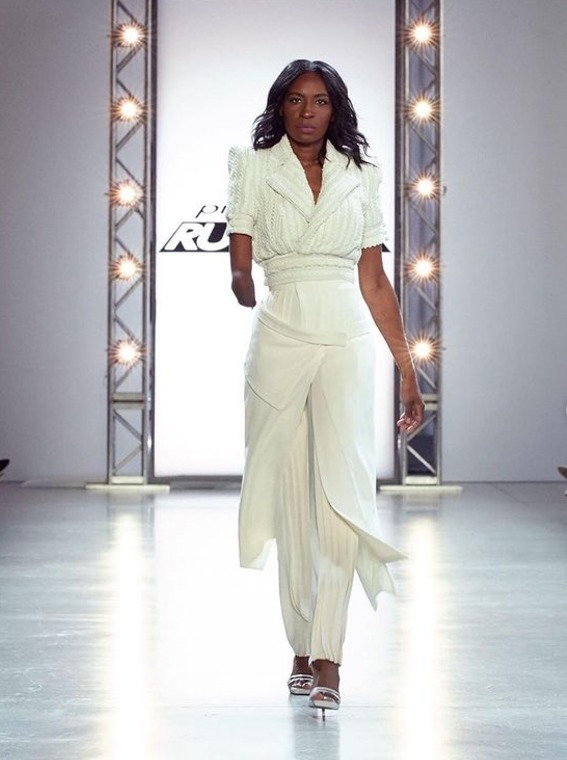
Lauren Ridloff
Known for her roles in The Walking Dead and Eternals, Lauren has become a powerful figure in Hollywood for Deaf actors. Her breakthrough role in Children of a Lesser God earned her a Tony Award nomination, and she continues to use her platform to highlight the need for more authentic representation of people with disabilities in film and television..
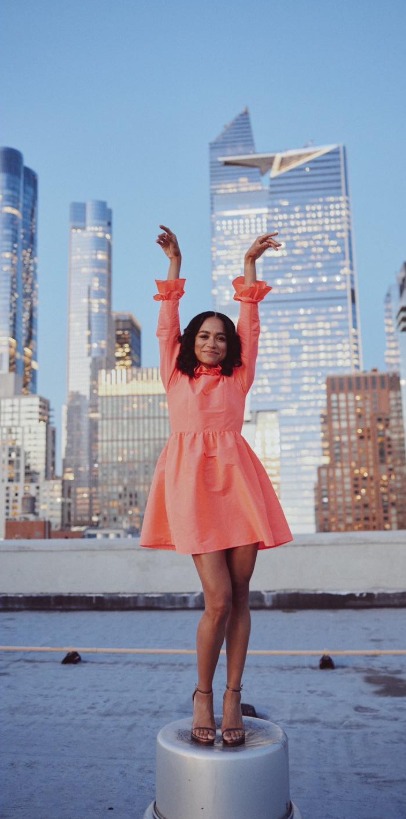
Diana Elizabeth Jordan
Diana is a trailblazer who sees her disability as an integral part of her cultural identity. As she explains, “My disability is one of my identities but does not singularly define who I am. I see my disability as one of my cultural identities.” Through her work as an actor, producer, and activist, she advocates for the inclusion of disabled artists in mainstream media.
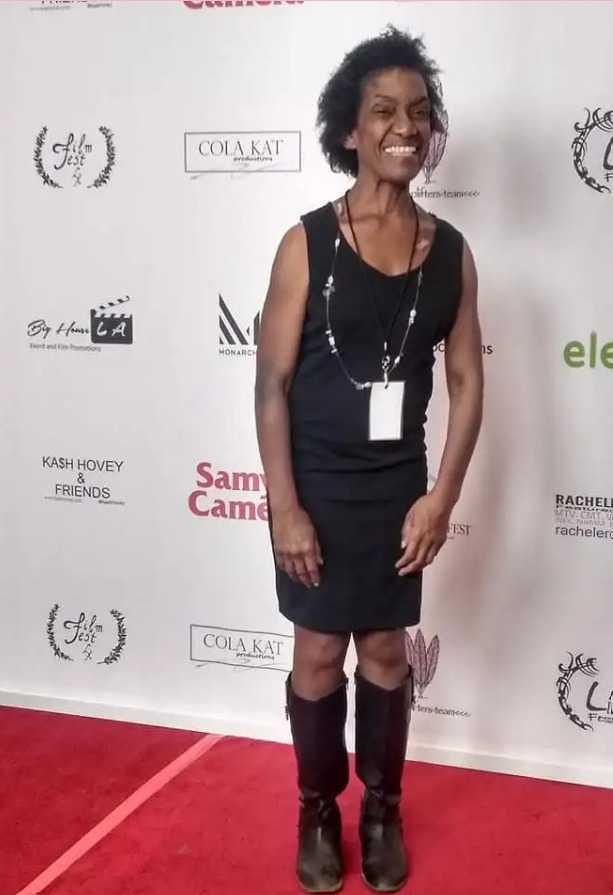
DWD’s Mission and Efforts Toward Visibility
At Divas with Disabilities Project (DWD), our vision is to amplify and empower Black and Brown women with disabilities by creating spaces for their voices to be heard and appreciated. Through strategic partnerships, social media campaigns, and storytelling initiatives, DWD is committed to challenging stereotypes and advocating for a media landscape that reflects the true diversity of our communities.
Our #ThankfulDivas campaign, for example, invites women to share their stories of strength and gratitude. This campaign not only celebrates resilience but also shows the world the many facets of what it means to live with a disability—moving beyond labels and stereotypes. It is one of the many ways DWD is building a community of proud, empowered voices that can redefine beauty, courage, and strength.
Challenges and the Road Ahead: Why This Matters Now
Despite the gains made by some pioneers, the journey toward equal representation is still riddled with challenges. Many women of color with disabilities continue to face systemic barriers, from lack of accessible casting calls to limited roles and restrictive storytelling. Furthermore, as people outside the mainstream mold, they often confront microaggressions, tokenism, and a pressure to conform to narrow definitions of disability and womanhood.
This raises an important question: What can we do to increase the authentic representation of Black and Brown women with disabilities in the media? Answering this requires both top-down and grassroots efforts. Media producers, casting directors, and decision-makers need to commit to inclusive hiring practices, while audiences can help by advocating for and supporting content that reflects genuine diversity.
A Call for Inclusion:We Belong Here, Too
At DWD, we believe that everyone deserves to see themselves represented in a way that is truthful and respectful. We’re here to support these Divas, to celebrate their victories, and to continue working for a world that recognizes their worth. This blog post is a reminder that inclusion isn’t just a word—it’s a call to action. By lifting up the stories of Divas like Michelle, Jaleesa, Lauren, and Diana, we can spark change in society’s understanding and appreciation of disability and diversity.
Together, let’s challenge the narratives that limit us and create new ones that celebrate our complexities. Black and Brown women with disabilities belong in the spotlight, and we’re here to ensure they stay there.
Article written by Lucy Mueni, Social Media and Content Manager, Divas With Disabilities

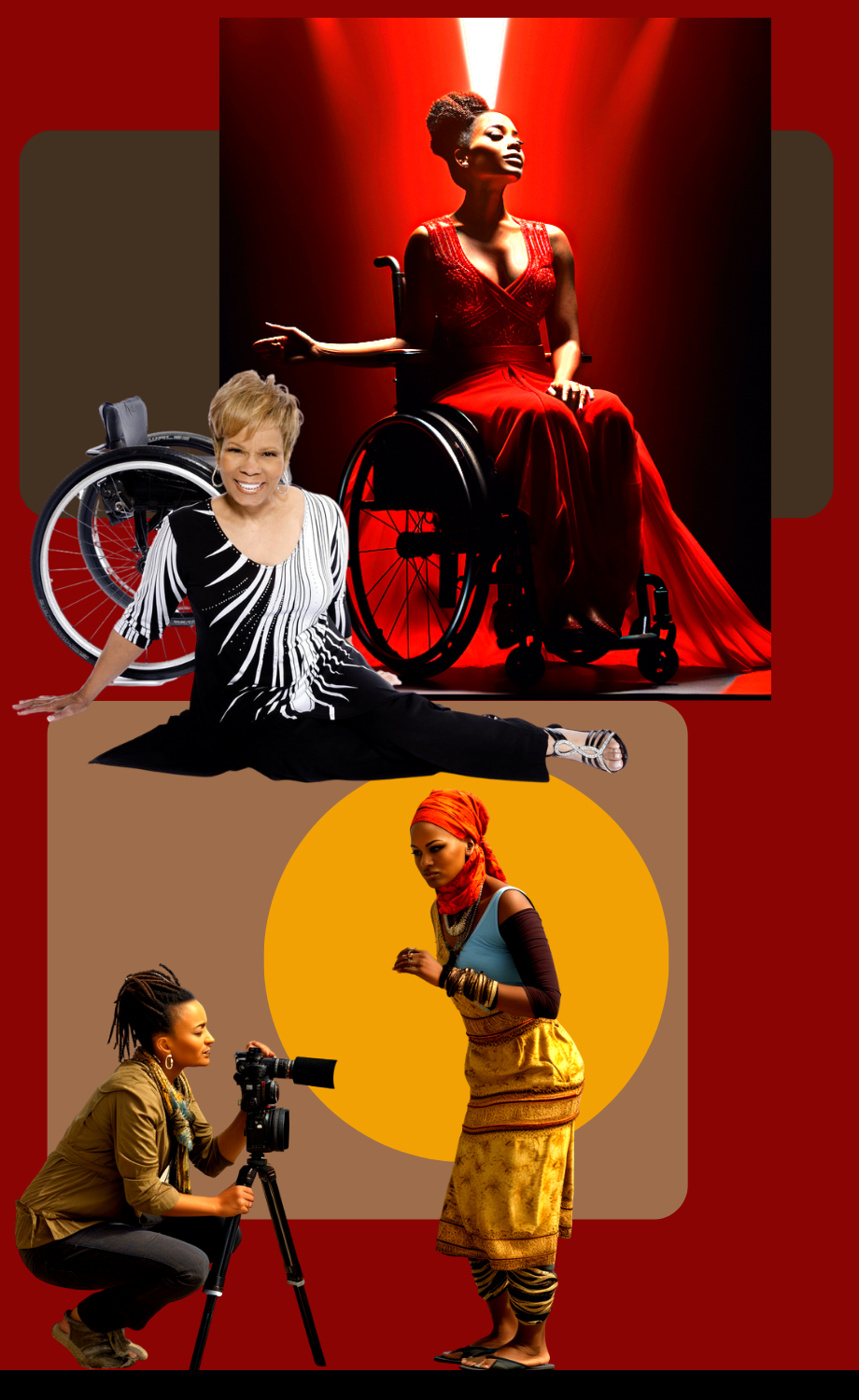

36 responses to “Representation and Belonging: Black and Brown Women with Disabilities in Media and Beyond”
xjasv0X45Mk
YpijwLfPxfb
DMtSlbDuAhe
m0GvtlDmLi9
S5RqR0iPWOK
TZWfxgWlh93
xLavMMlsweK